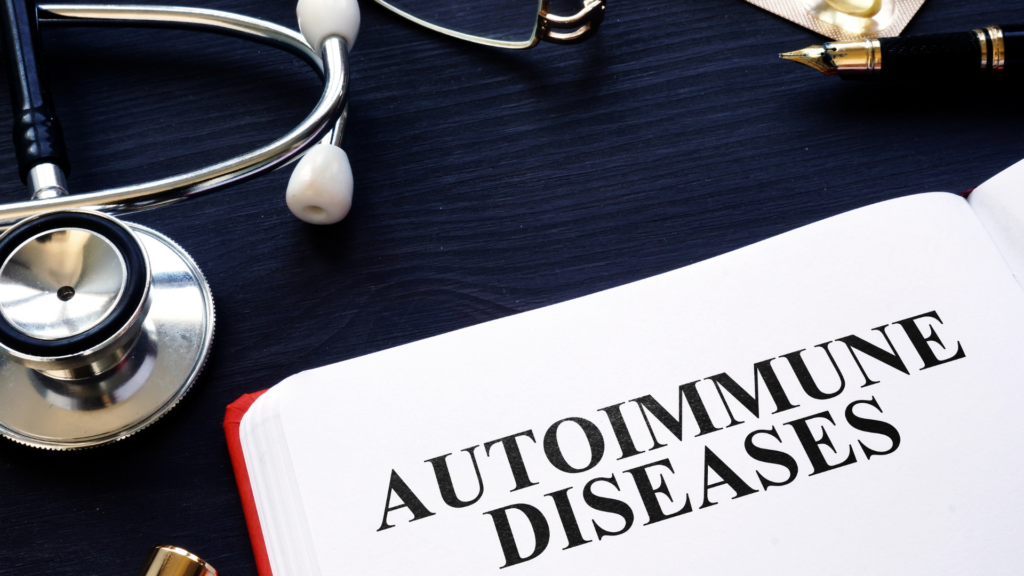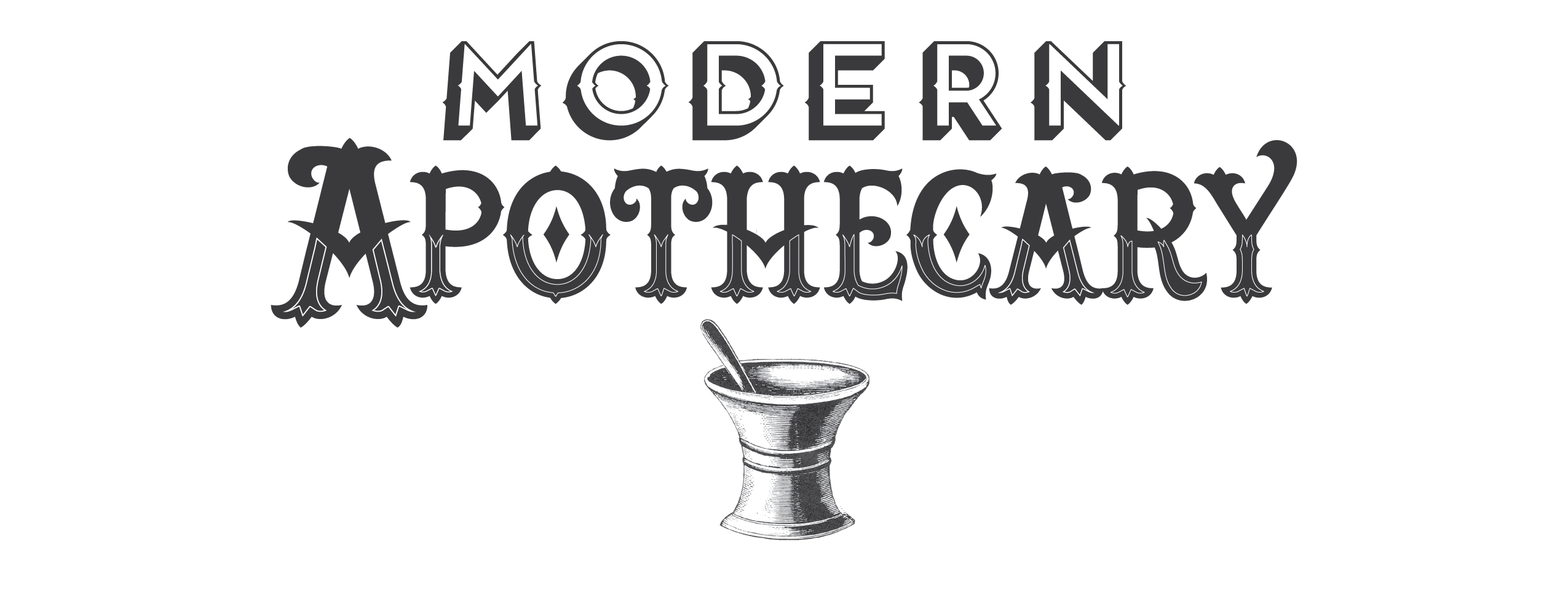
Low-dose Naltrexone (LDN) is a topic that has been gaining attention in both medical circles and patient communities, particularly for its potential off-label uses in treating autoimmune diseases, chronic pain, and various other conditions. Here, we’ll explore what LDN is, how it works, potential benefits, considerations, and ongoing research.
What is Low-Dose Naltrexone?
Naltrexone is a medication approved by the FDA in the 1980s at doses of 50mg to 100mg for treating opioid addiction and alcohol dependence. However, when used at much lower doses, typically between 1.5mg to 4.5mg, it’s known as Low-Dose Naltrexone (LDN). At these lower doses, it has a different mechanism of action and is being explored for various off-label uses.
How Does LDN Work?
LDN works by temporarily blocking the opioid receptors in the brain for a few hours. This blockade is believed to lead to a compensatory increase in the production of endorphins and enkephalins, the body’s natural opioids, which play a role in reducing pain and inflammation. Additionally, LDN is thought to modulate the immune system, making it of interest for autoimmune conditions.
Potential Benefits
The potential benefits of LDN are wide-ranging and have been reported in various conditions, including:
- Autoimmune Diseases: Conditions like multiple sclerosis (MS), rheumatoid arthritis, and Crohn’s disease may benefit from LDN due to its immune-modulating effects.
- Chronic Pain: LDN may help manage chronic pain conditions, such as fibromyalgia, by increasing levels of endorphins.
- Cancer: Some research suggests LDN might help slow the growth of certain tumors by boosting the immune response.
- Mental Health: LDN is being explored for its potential effects on mood disorders, including depression and anxiety.
Considerations
While LDN is generally well-tolerated, it’s not without its considerations. The most common side effects are transient and may include insomnia, vivid dreams, and stomach symptoms. Importantly, because LDN blocks opioid receptors, it should be used cautiously in patients taking opioid pain medications.
Ongoing Research
Research into LDN is ongoing, with many studies being small in scale or observational. Large-scale, randomized controlled trials are needed to fully understand its benefits, optimal dosing, and long-term safety profile.
How to Start LDN
For those considering LDN, it’s essential to consult with a healthcare provider familiar with its use. Since LDN requires a prescription and is custom-made at compounding pharmacies, including Modern Apothecary, it is important to discuss with your provider and if the provider has questions, ask them to reach out to one of our pharmacists at (262)997-9573.
Conclusion
Low-Dose Naltrexone offers a promising, low-cost option for managing a variety of conditions, particularly those involving chronic pain and autoimmune processes. As research continues to evolve, so too will our understanding of who might benefit most from LDN and how best to use it. For now, patient stories and preliminary studies point to its potential as a versatile treatment, worth considering alongside traditional therapies. Always consult with a healthcare professional before starting any new treatment regimen.
